Treatment of barley and chalazion without surgery and surgically
Chalazion and barley - symptoms and treatment
Barley (gordeolum) is an acute purulent inflammation of the eyelash hair follicle or sebaceous gland at the root of the eyelashes.
Chalazion is an inflammation of the meibomian gland.
Chalazion is not contagious to other people because it is not an infectious disease. Barley can be easily confused with chalazion, as they are mostly characterised by swelling, redness of the eyelid and pain on palpation.
Causes of chalazion and barley:
Barley occurs when an infection (mostly staphylococcus) enters the eyelash hair follicle.
Barley can be external and internal.
Causes of development:
- 90-95% Staphylococcus aureus;
- chronic blepharitis;
- use of low-quality and expired eye cosmetics;
- poor hygiene.
If left untreated, barley can eventually develop into a chalazion, a formation that requires treatment with modern methods.
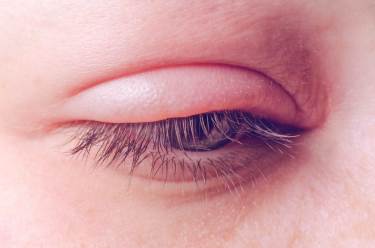

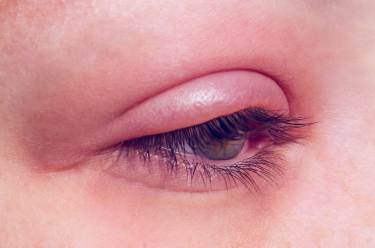
A chalazion is formed when the sebaceous gland of the meibomian gland becomes clogged. The process begins with the fact that the gland normally produces lipids necessary for the outer layer of the protective film and the preservation of tears on the surface of the mucosa. With increased secretion, lipids are not secreted, accumulate and provoke excessive pressure in the gland. Non-infectious inflammation is formed. In rare cases, a bacterial infection may be involved. Sometimes chalazion is not a cause but a consequence of some inflammatory processes or dry eye syndrome.
Causes of development:
- chronic blepharitis (inflammation of the eyelids, often caused by an excess of bacteria);
- seborrhoea, acne rosacea, tuberculosis;
- viral infections;
- hormonal disorders that provoke sebaceous glands.
Symptoms of barley and chalazion
Barley is a red, swollen, painful growth on the edge or inside of the eyelid and usually occurs closer to the surface of the eyelid. As a rule, the chalazion "matures" - it forms for 2-3 days, after which it breaks through (the purulent cavity opens) and the chalazion usually disappears in 7-10 days. However, the disease can lead to complications (spread to surrounding tissues and cause an abscess), and it is recommended to visit a doctor to be completely cured.
Chalazion is very similar to barley, but it forms much more slowly and is localised in the eyelid thickness (does not open like barley) with the formation of painless peas, which can be of different sizes and cause visual impairment (in case of large chalazion). Unlike the barley, which breaks through on its own, the chalazion can remain in the eyelid for a long time after its formation.

Treatment of chalazion and barley
Correct and effective treatment can be prescribed only by a doctor, usually with the help of
- antibacterial drugs (drops and ointments)
- anti-inflammatory drugs;
- sometimes systemic antibiotics are prescribed in cases where the area around the eye is infected or after an incision made after drainage of the internal barley.

In young children, the inflammatory process can spread suddenly and progress rapidly. Until the examination, you can apply chamomile lotions or instill an antiseptic (ocomistin or ophthalmodex) in the eyes. And immediately consult an ophthalmologist.
You should not squeeze and cut the barley and chalazion on your own, as this can lead to the spread of infection to the adjacent tissues, up to inflammation of the orbit and meninges.
If the chalazion does not go away for more than 1 month, steroid injections to reduce swelling and inflammation or surgical removal are possible, and it is recommended to consult a doctor for more information.
Article author - Kliuiko Iryna Ihorivna
Article reviewer - Ratushniuk Viktoriia Vasylivna
More information about services at MM "Dobrobut"
Our advantages
Our services
Our doctors ophthalmologist
Our doctors pediatric ophthalmologist
Our clinics
ISO certificates
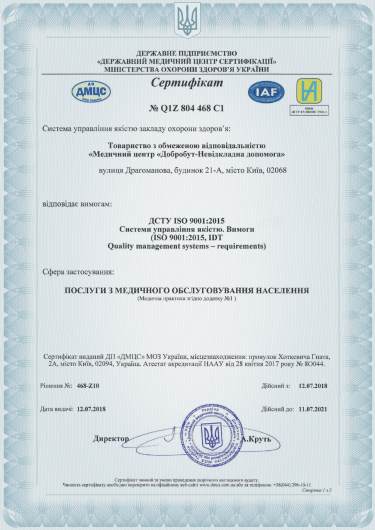
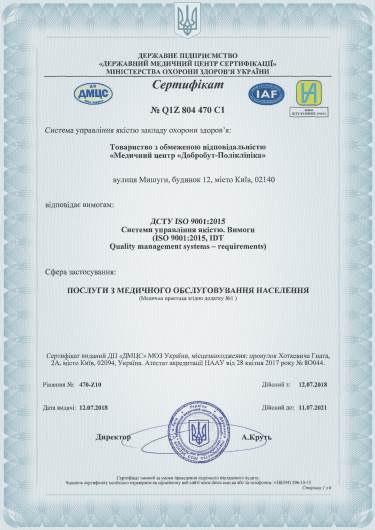
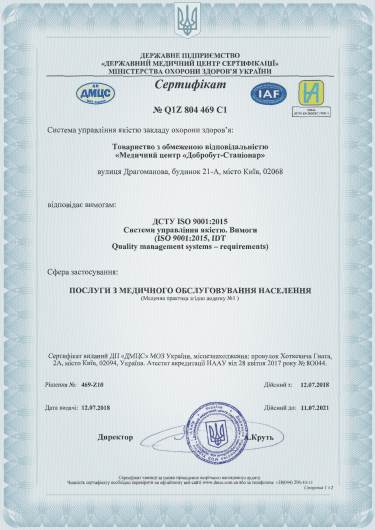
Accreditation certificates
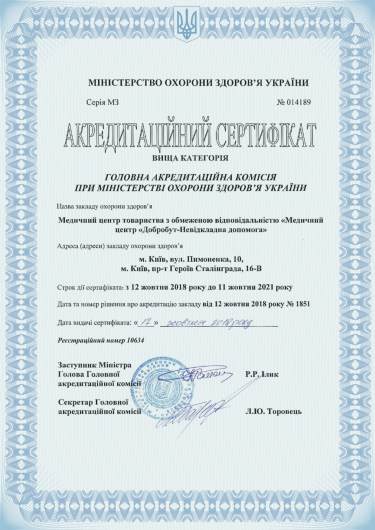
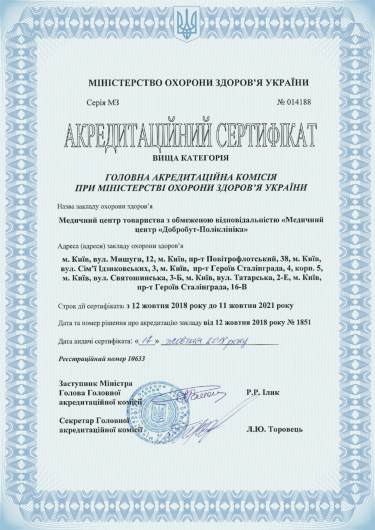

Medical practice licenses
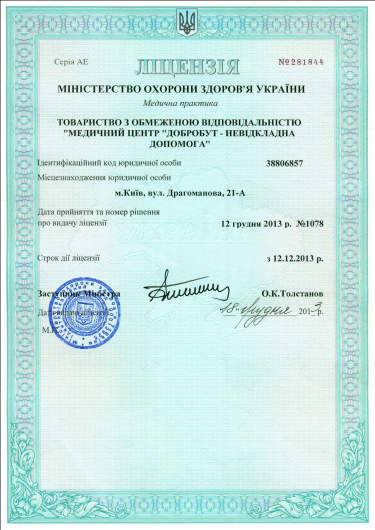
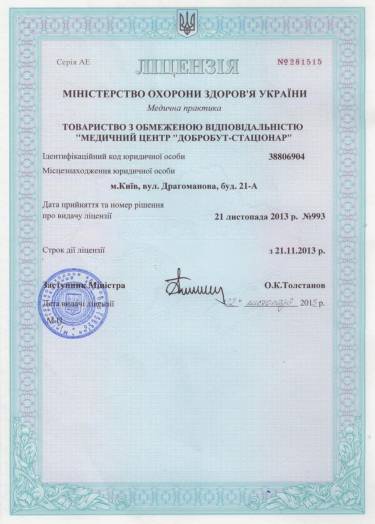

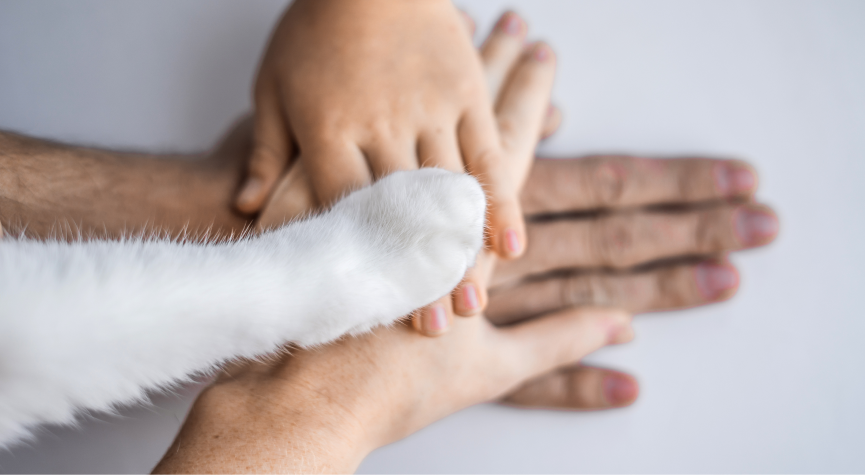



























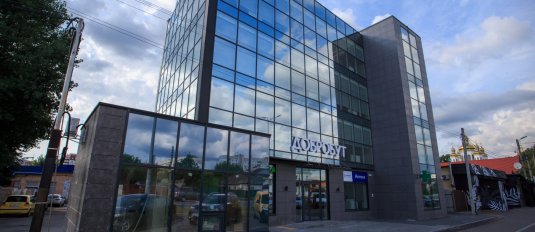
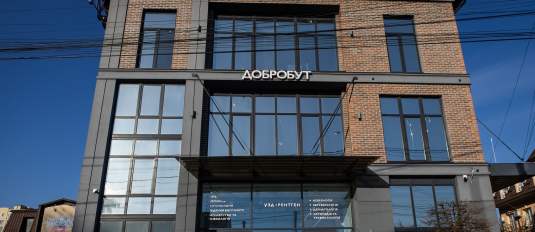

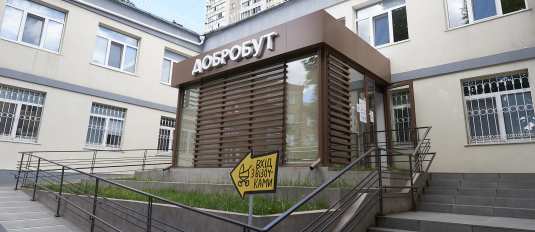








@2x.png)
@2x.png)
%402x.png)
%402x.png)
